2026 Toyota bZ First Drive: What’s Actually Improved?
"A midcycle update introduces a new name, enhanced battery and driving range, and a more refined design."
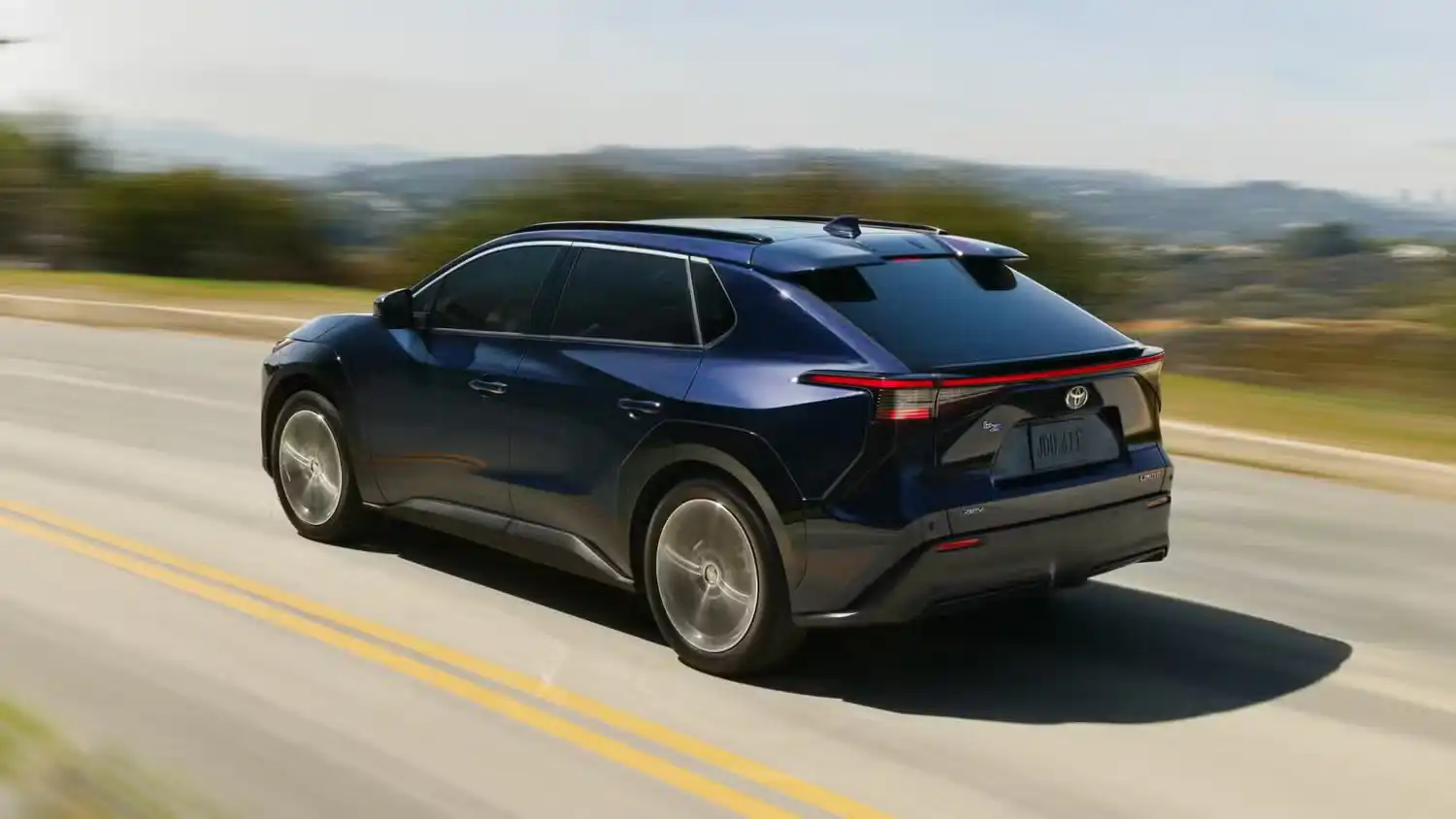
The 2026 Toyota bZ midcycle update is more than just a routine facelift. For starters, it drops the “4X” from its name, now going simply by “bZ.” The original moniker—short for “Beyond Zero,” Toyota’s now-abandoned branding for its electrified lineup—has been streamlined as the company subtly moves away from that naming convention.
The real headline, however, lies under the hood. A slightly upsized battery pack pairs with newly developed permanent-magnet motors, boosting performance for both front- and all-wheel-drive versions. Just as important, the bZ now offers significantly improved driving range—a key weakness in the previous model when stacked against rivals.
We got behind the wheel of the 2026 Toyota bZ Limited AWD and were impressed by the updates. With its upgraded 74.7-kWh battery and a total output of 338 horsepower, this iteration of Toyota’s electric SUV feels markedly more responsive and polished than before.
Toyota has also swapped out the old CCS connector for the increasingly common North American Charging Standard (NACS), better known as the Tesla plug—making public charging far more convenient. Combined with its other enhancements, the new bZ stands as a significantly more attractive option than its predecessor.
Tackling Key Challenges
In the crowded electric SUV market, the bZ4X struggled to stand out—often for the wrong reasons. Its range, spanning from just 222 to 252 miles depending on the configuration, fell short compared to competitors like the Hyundai Ioniq 5 and Kia EV6, both of which easily surpass 300 miles. While the 2026 bZ doesn’t quite lead the pack, its improved range—now between 235 and 314 miles—marks a significant step forward and brings it closer to the competition.
Toyota now offers two battery options. The previous pack has been slightly upgraded from 71.4 kWh to 74.7 kWh, while a new, smaller 57.7-kWh battery powers the base model. Interestingly, even with the smaller battery, the base model delivers more range than its predecessor.
Another notable improvement for the 2026 Toyota bZ is the significant horsepower increase in the all-wheel-drive models. The updated bZ now feels sufficiently quick to compete with its rivals. Toyota cites a 0–60 mph time of 4.9 seconds, though we’ll reserve final judgment until we’ve tested it ourselves with our performance gear.
That said, not everything is improved. The base bZ, particularly the front-wheel-drive XLE trim, delivers only 168 horsepower. While we haven’t tested this version yet, it likely results in slower acceleration and a less lively driving experience.
Bumping up to the XLE FWD Plus or Limited FWD trims boosts power to a more respectable 221 horsepower, which should comfortably handle everyday driving needs.
Styling-wise, the bulky black body panels that gave the front end an awkward appearance have been replaced. The new body-colored panels create a sleeker, cleaner, and more refined look for the 2026 bZ, shedding much of the previous model’s awkwardness.
How Does It Drive?
One thing the bZ4X got right was its smooth ride, and the 2026 bZ continues that tradition. It effortlessly soaks up rough roads and potholes, maintaining a calm and quiet cabin environment. In fact, it ranks among the best-riding Toyotas we’ve tested. The body stays composed through corners, with handling that feels balanced and refined—delivering the kind of poise you’d expect from a more upscale brand.
We do wish Toyota had put more effort into noise reduction, as tire noise becomes quite noticeable once you pass 50 mph. Additional NVH tuning or sound-insulating glass could greatly enhance the overall refinement to match the smooth ride. The steering hits a good middle ground—light enough for comfort but still connected enough to keep the driving experience engaging. Thanks to the increased power, the higher trims now actually offer some genuine driving enjoyment.
Retaining Strengths and Addressing Weaknesses
The 2026 Toyota bZ maintains the same overall size as the previous bZ4X, with only a modest increase in ground clearance—about an eighth of an inch. Its wheelbase actually exceeds that of the newly revealed 2026 Toyota RAV4, resulting in a notably roomy interior.
Rear passengers enjoy ample headroom and legroom, and thanks to a flat floor, three adults can sit comfortably without feeling crowded. Cargo capacity is impressive as well, offering 27.7 cubic feet behind the second row and an expansive 94.4 cubic feet with the seats folded down—plenty of space for gear, groceries, or weekend getaways.
The interior is generally pleasant, though the speedometer’s position above the steering wheel—rather than directly behind it—remains a downside. This layout lowers the steering wheel more than usual, creating an awkward driving posture that can take some adjustment.
The bZ’s redesigned center console and 14-inch touchscreen, complete with integrated temperature control knobs and a row of buttons beneath, are directly borrowed from the new 2026 Toyota C-HR. Beneath the updated dashboard sit two spacious wireless charging pads. The new layout keeps controls clearly visible at all times—especially the fixed soft buttons below the screen—a welcome improvement over the previous model’s cluttered, touch-sensitive climate controls, which often led to accidental button presses while driving.
The 2026 bZ’s charging speed remains unchanged, with all models capped at 150 kW. While this is average for the segment, it limits the bZ’s ability to fully utilize the increasingly common ultra-fast 350-kW chargers across the country. Toyota estimates it takes roughly 30 minutes to charge from 10 to 80 percent—significantly slower than competitors like the Hyundai Ioniq 5, which can achieve the same in just 18 minutes.
Is the 2026 Toyota bZ Worth It?
If you’re after a cutting-edge EV, the bZ might not fully deliver—but what it does offer is a significantly refreshed SUV that carries Toyota’s hallmark qualities into the electric realm, including a comfortable ride and spacious cabin.
2026 Toyota bZ Limited Specifications
|
BASE PRICE |
$35,000-$45,000 (MT est) |
|
LAYOUT |
Front- and Rear-motor, AWD, 5-pass, 4-door SUV |
|
MOTORS |
338-hp permanent-magnet electric |
|
TRANSMISSION |
1-speed auto |
|
CURB WEIGHT |
4,450 lb (mfr) |
|
WHEELBASE |
112.2 in |
|
L x W x H |
184.6 x 73.2 x 65.0 in |
|
0–60 MPH |
4.9 sec (mfr est) |
|
EPA RANGE, COMB |
278 miles |
|
ON SALE |
Summer 2025 |
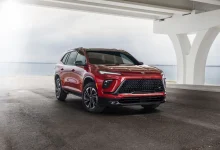
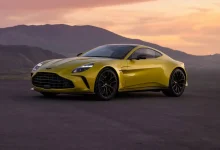
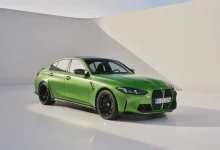
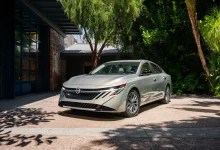
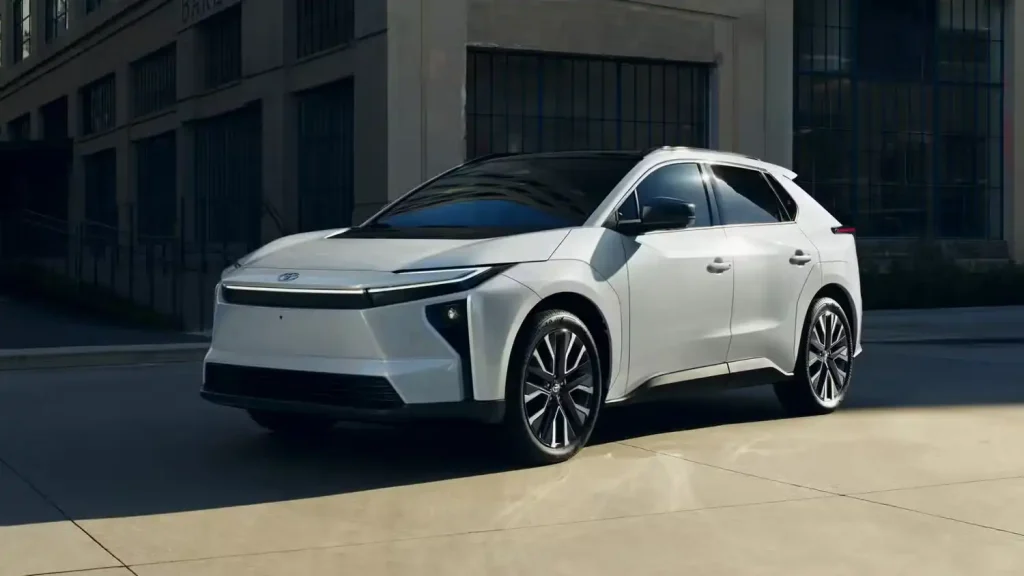
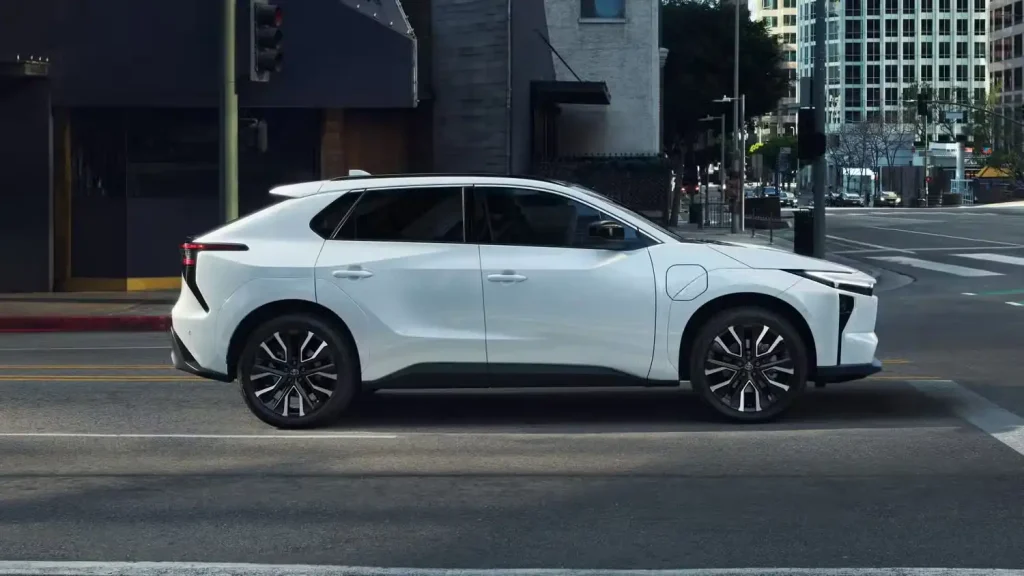
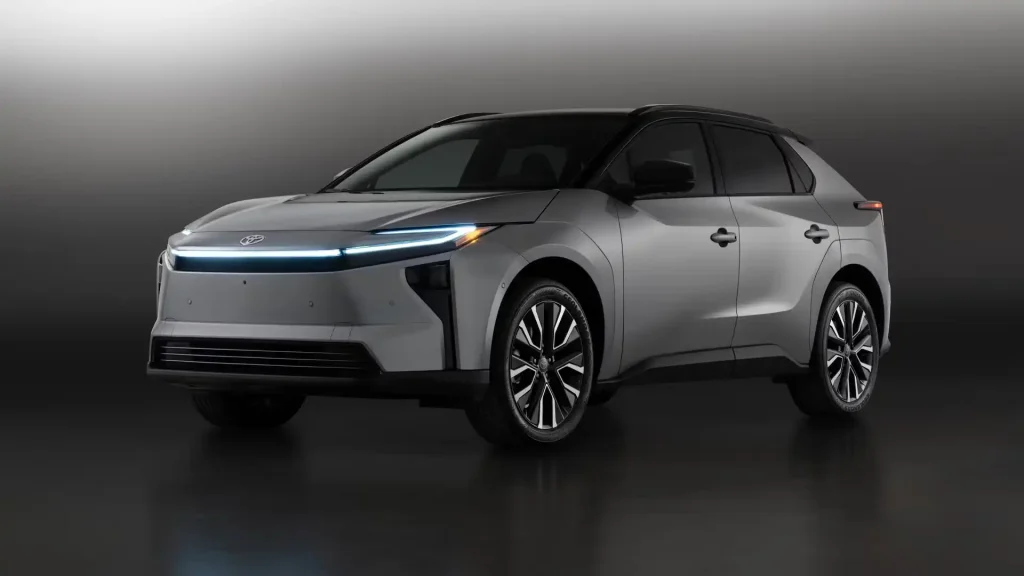
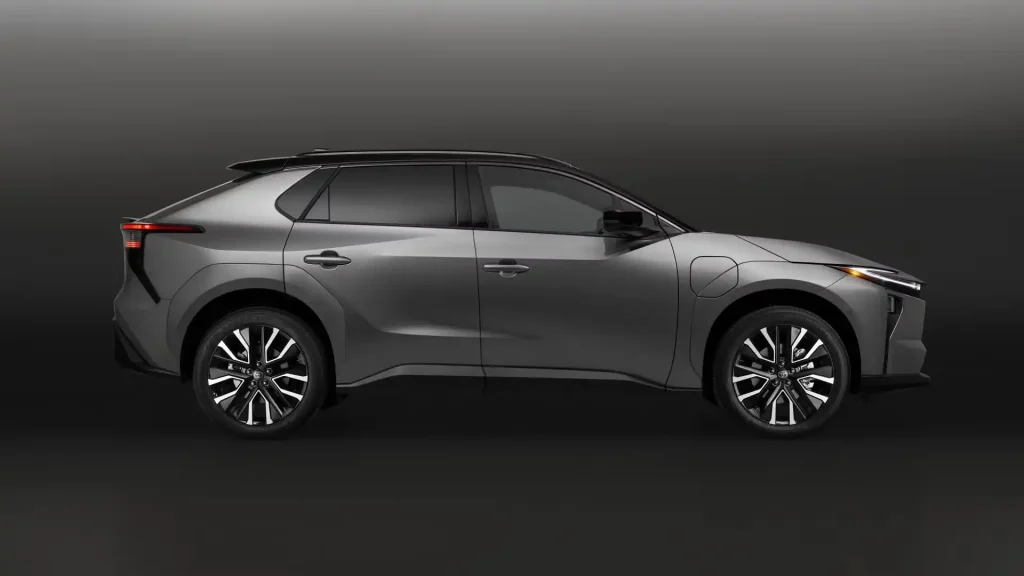
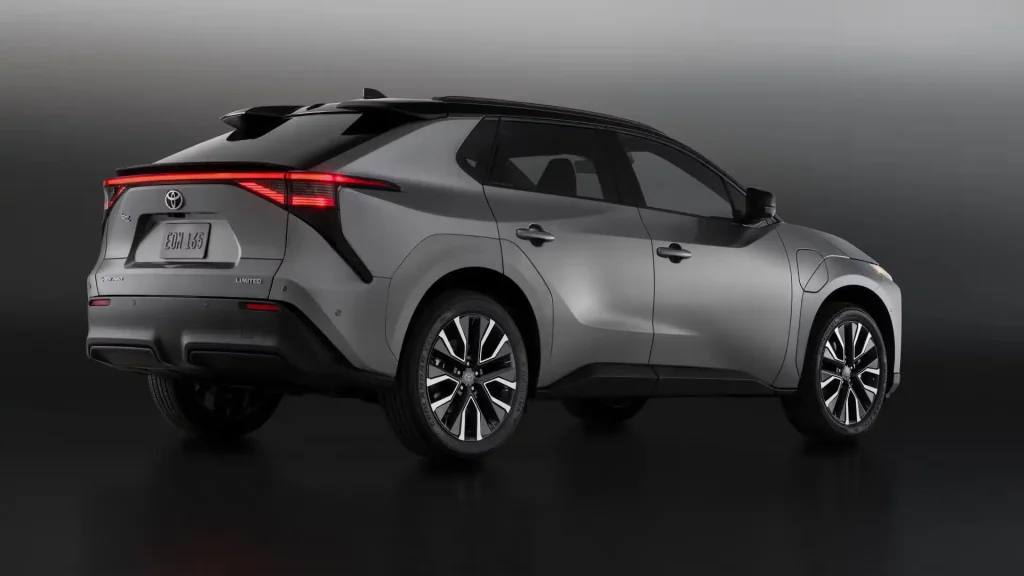
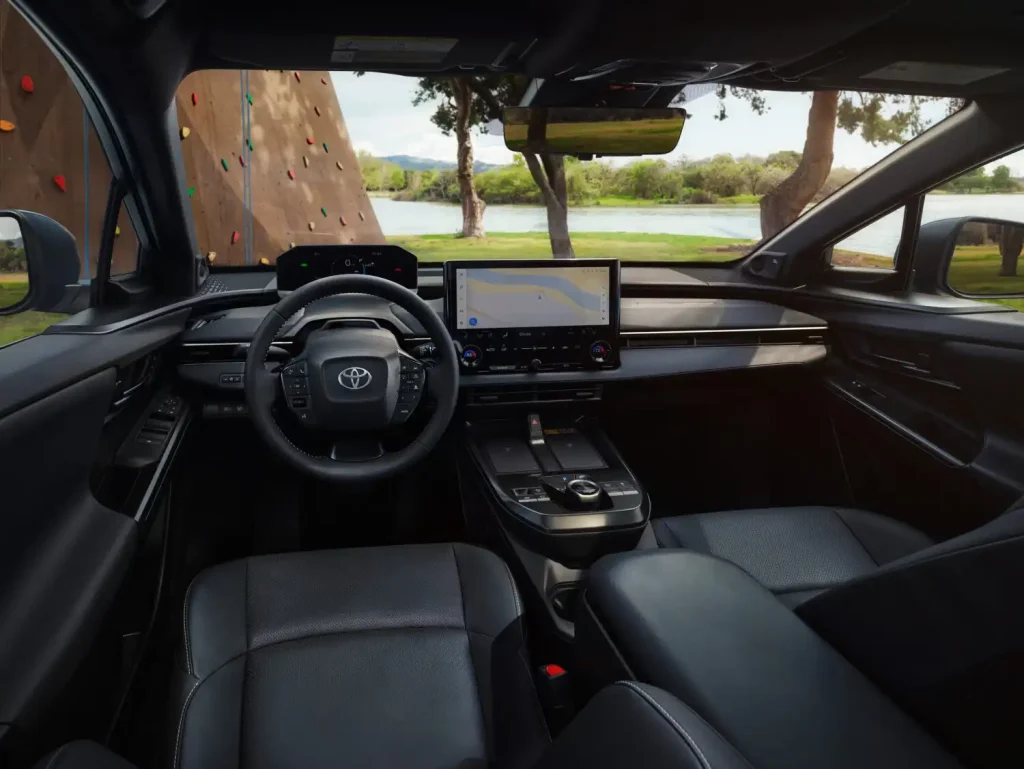
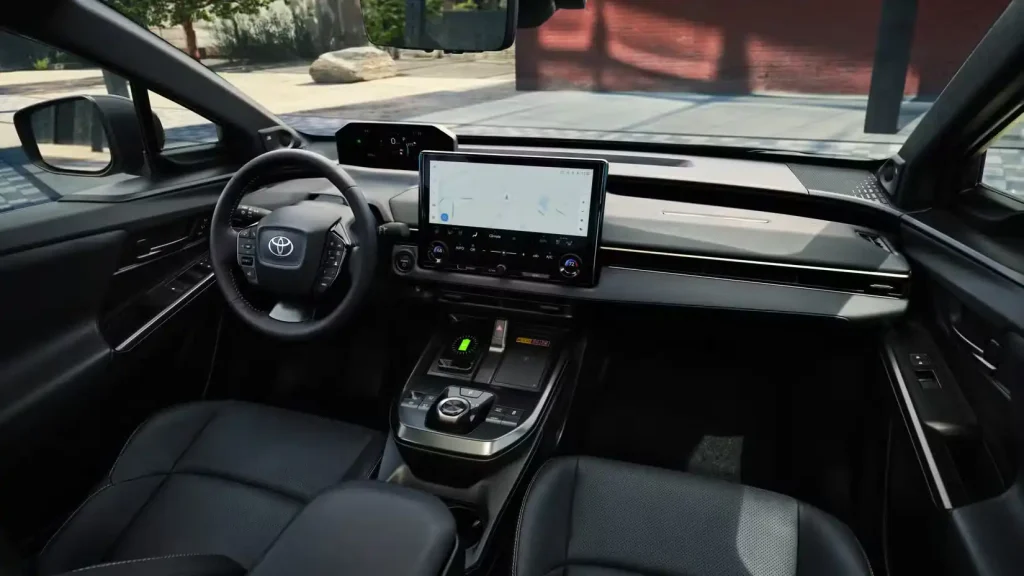
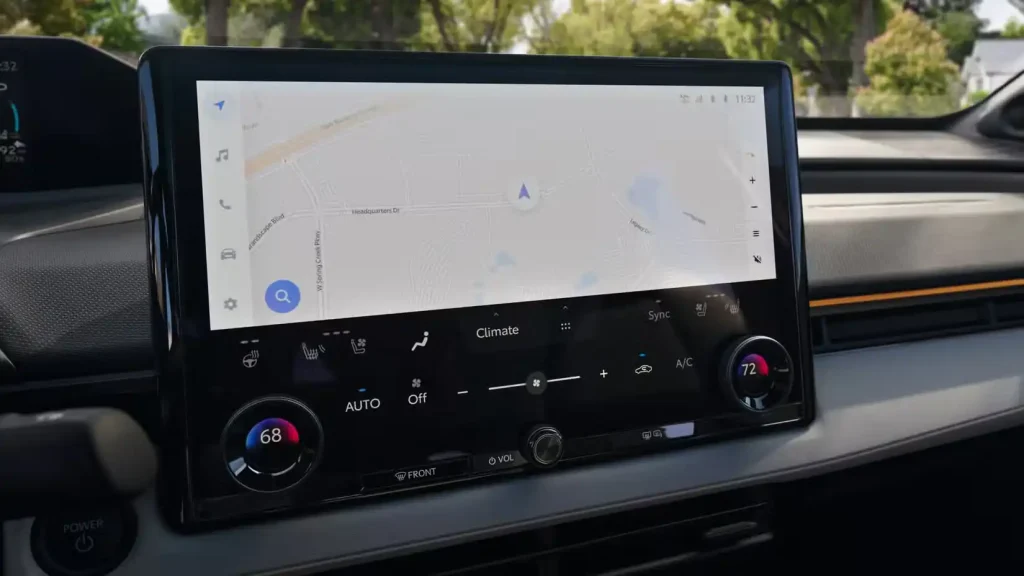
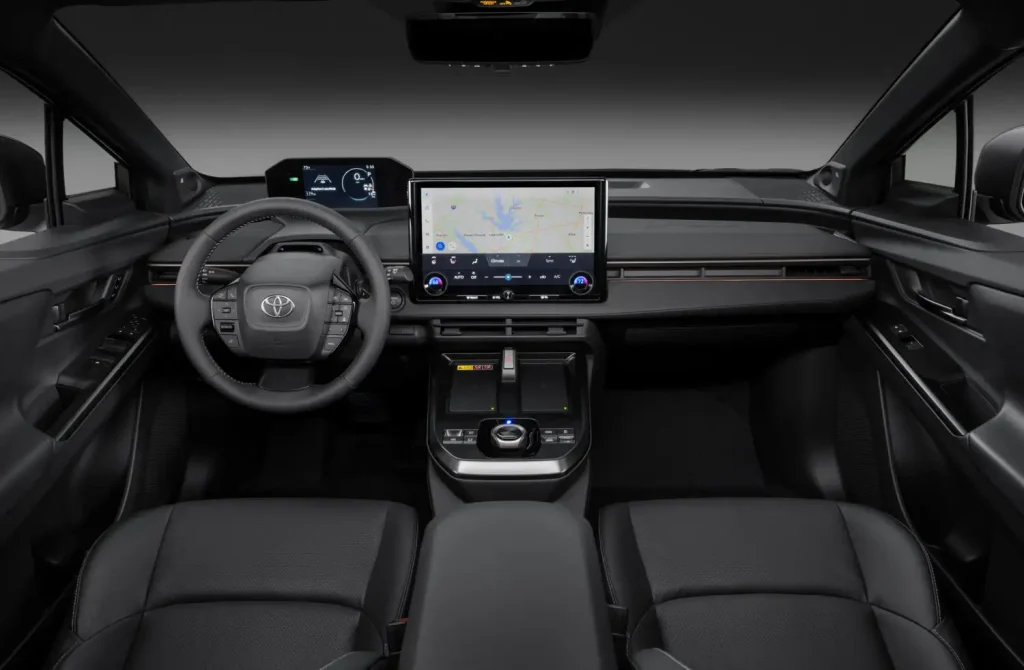
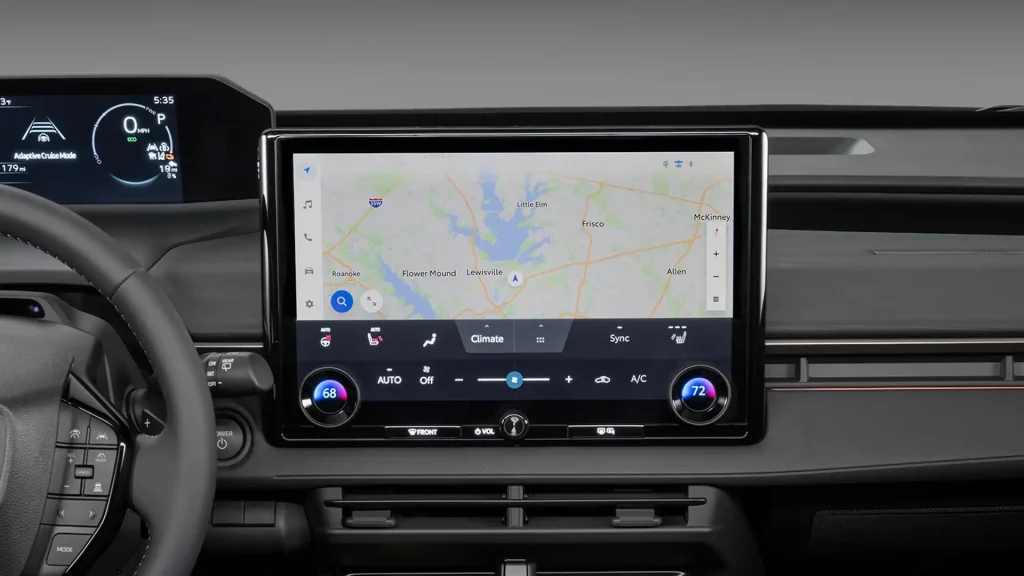
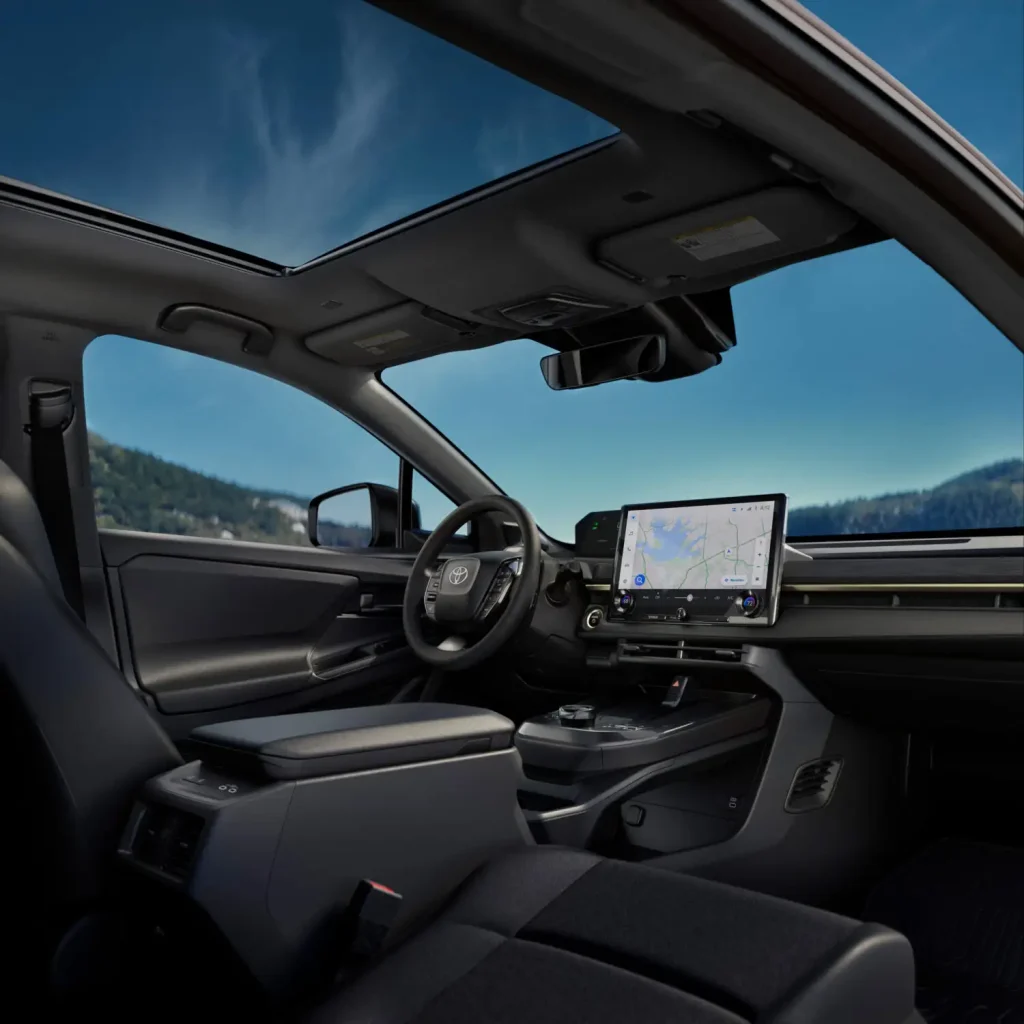
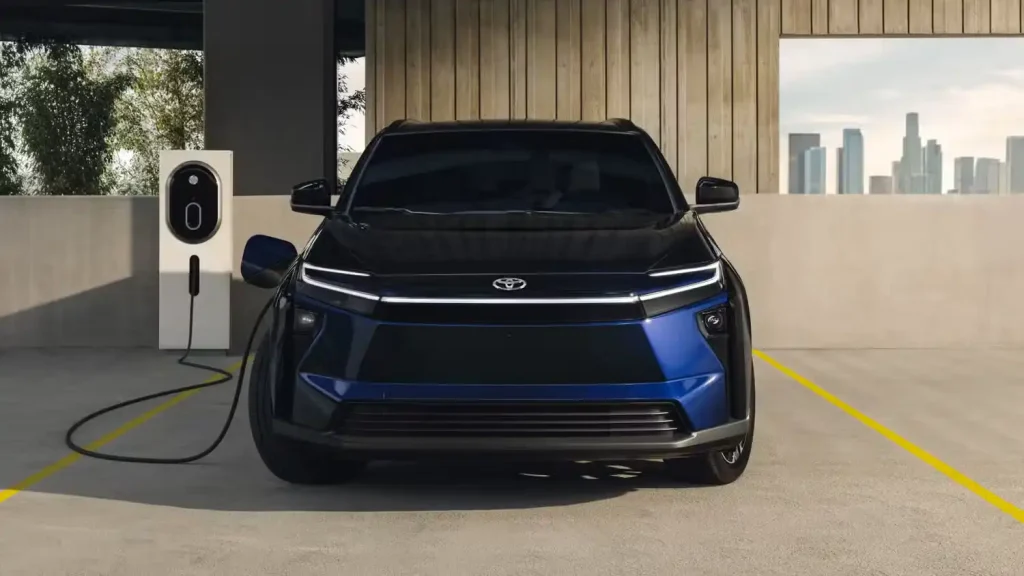
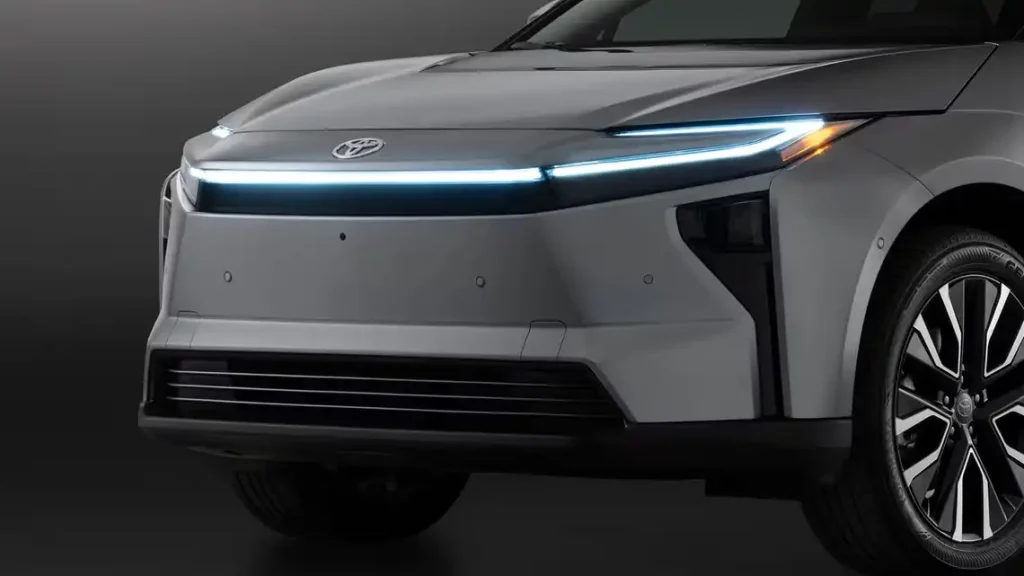
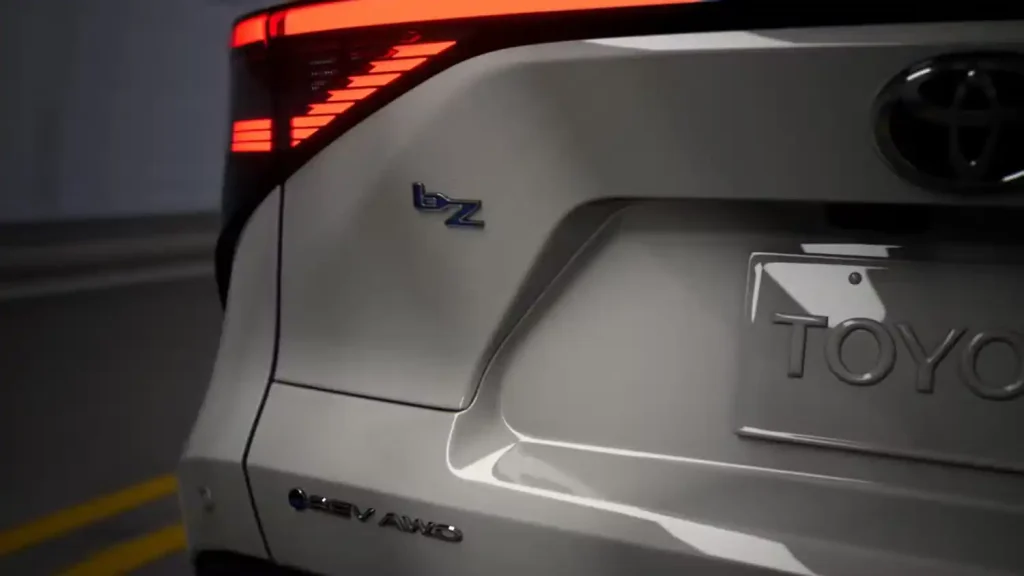
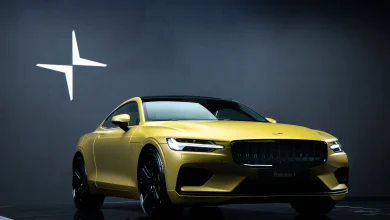
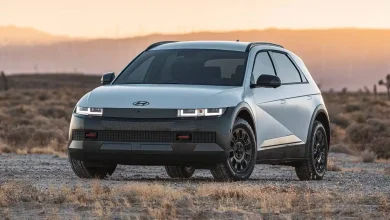
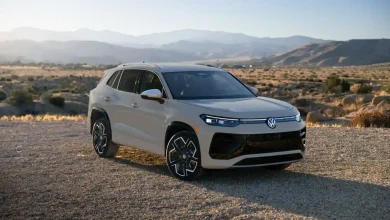
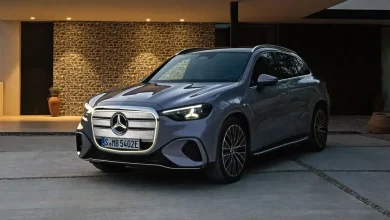

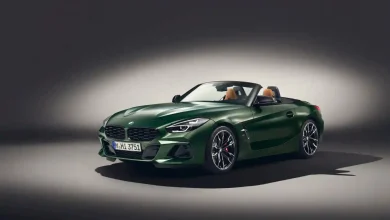
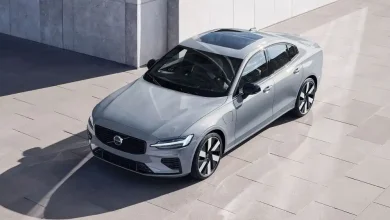
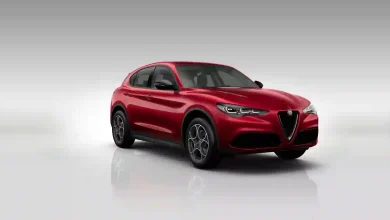
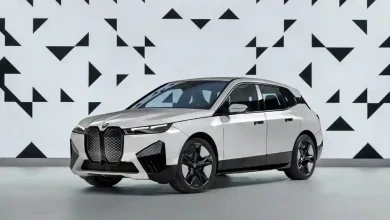
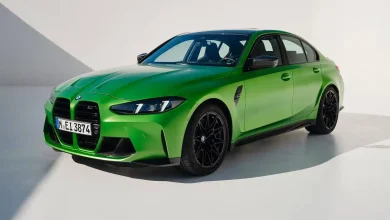
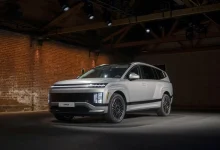



One Comment